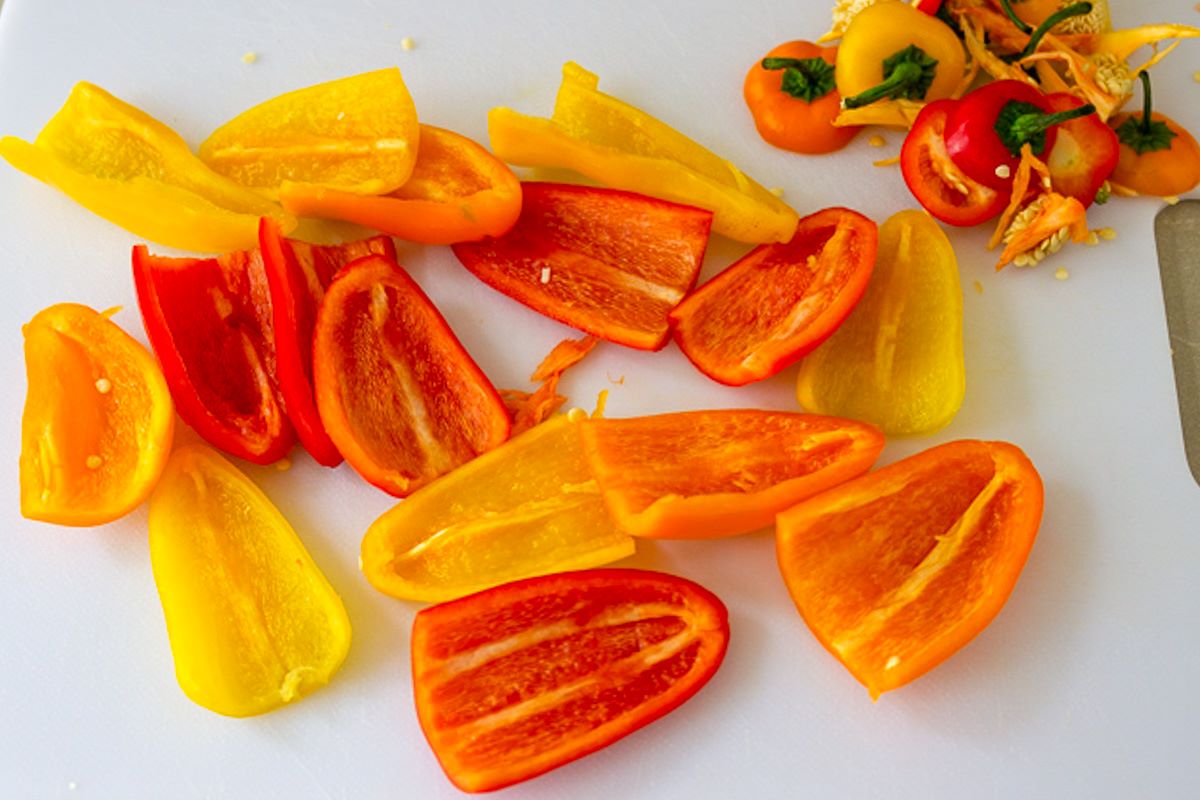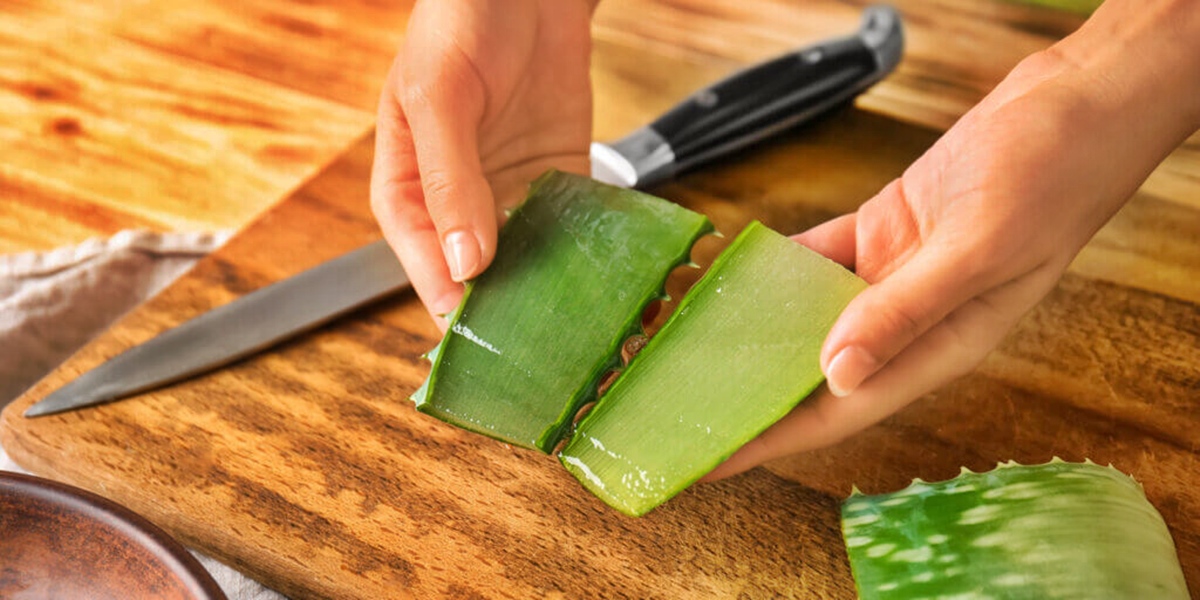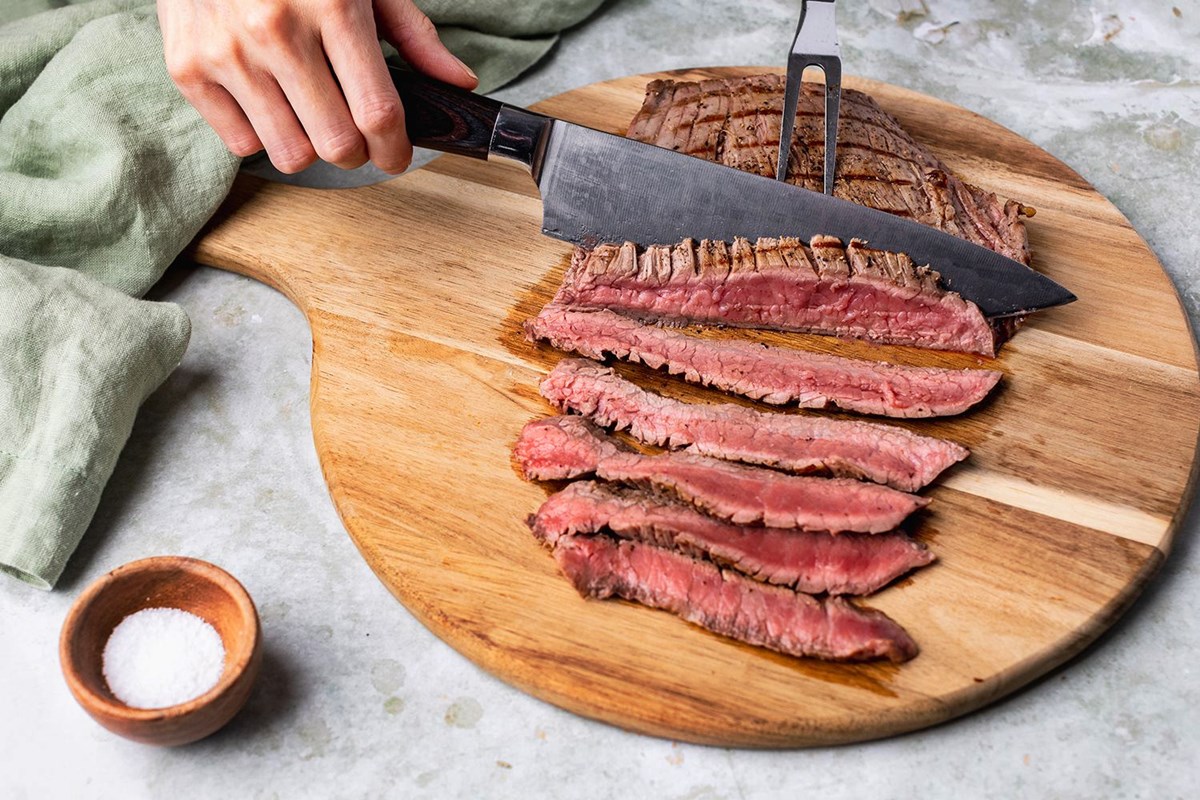How to Cut Apple for Salad
Adding apple slices to your salad can bring a refreshing crunch and a hint of sweetness to every bite. However, getting those perfectly sliced apple pieces can be a bit tricky if you don’t know the right technique. In this article, we will guide you through the steps to master the art of cutting apples for salad.
1. Choose the Right Apple
The first step towards a delicious apple salad is selecting the right kind of apple. You want a variety that is crisp and slightly tart, such as Granny Smith or Honeycrisp. These apples hold their shape well and add a nice tangy flavor to your salad.
2. Wash and Dry the Apple
Before you start slicing, make sure to wash the apple thoroughly under running water to remove any dirt or residue. Once clean, pat it dry with a clean towel to remove excess moisture.
3. Remove the Core
To create apple slices, you need to remove the core. There are a few different methods you can use, depending on the kitchen tools you have on hand:
- Apple Corer: This handy tool is designed specifically for removing the core. Simply align the corer with the center of the apple and push it down firmly. Twist and pull the corer out to remove the core.
- Knife and Cutting Board: If you don’t have an apple corer, you can use a sharp knife to carefully cut around the core. Start by cutting the apple in half vertically. Then, place one half cut-side down on the cutting board and slice off the core by making angled cuts towards the center.
4. Slice the Apple
Now that the core is removed, it’s time to slice the apple. Here are a few options for different styles of apple slices:
- Thin Slices: Lay the apple half flat-side down on the cutting board and make thin slices from one end to the other. These slices are perfect if you want your apple to blend seamlessly into your salad.
- Thick Slices: If you prefer more substantial apple pieces, cut the apple into thicker slices. These hold up well and provide a satisfying crunch in each bite.
- Dice: For a more compact and evenly distributed apple presence, dice the apple into small cubes. This is great if you want a consistent apple flavor throughout the salad.
5. Prevent Browning
Apples have a tendency to turn brown when exposed to air for too long. To prevent this, you can squeeze a little lemon juice onto the sliced apples. The citric acid in the lemon will help preserve the color and freshness of the apple slices.
There you have it! With these simple steps, you can easily cut apples for your salad and elevate its taste and texture. So go ahead, grab your favorite variety of apple, and get slicing for a delightful salad experience!
For those looking to put their newfound apple-cutting skills to the test, there are a variety of delicious salads to try. The Apple and Beetroot Salad is a vibrant choice, combining the sweetness of apples with the earthy flavors of beetroot. If you prefer something with a bit more crunch, the Apple and Carrot Slaw offers a refreshing mixture that's perfect for any occasion. The Apple Walnut Chicken Salad adds a protein punch, making it a hearty option for lunch or dinner. For a bit of decadence, the Apple and Goat Cheese Salad pairs the tartness of apples with the creaminess of goat cheese, creating a delightful balance of flavors. Each of these recipes showcases the versatility of apples and makes great use of your new cutting techniques.
Was this page helpful?
Read Next: How To Cut Cherry Tomatoes For Salad











